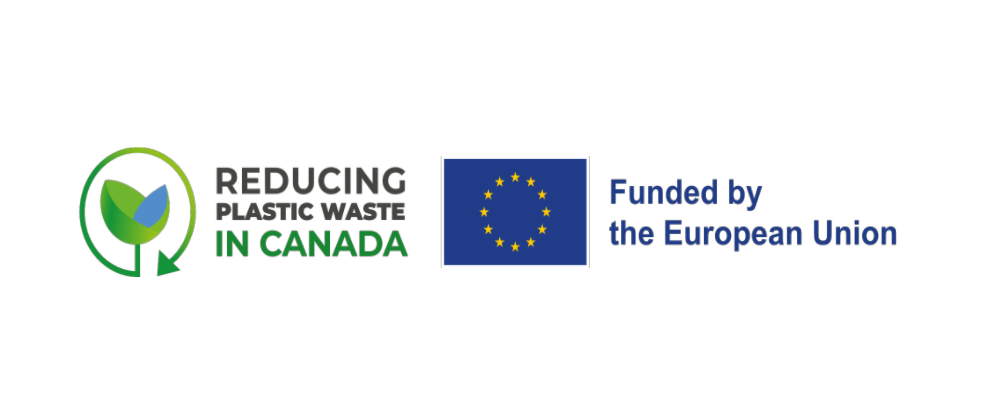Story 4: Awareness vs Motivation: Campaign Best Practices
When consumers are engaged and motivated to express views and commitment to reducing plastic, they have the power to influence private sector design and production changes, government infrastructure investments and policies.
Various studies and surveys about consumer behaviour towards plastic show that there is a high level of awareness of the impact of plastics in the environment, however willingness to take action to reduce plastic use isn’t always ranked as high. A 2021 European study to understand differences between awareness and motivation for action among citizens about the impact of plastics shows that there are differences between awareness and motivation to reduce plastic waste: with two thirds of participants surveyed actively reducing their usage of plastic on a daily basis, and one third aware of the problem but finding it difficult or inconvenient to be motivated to make consumption changes to reduce waste.
Awareness and knowledge of the impact of plastics on the environment are not always sufficient to be converted into willingness to reduce plastic waste through action. While some plastic avoidance choices are already mainstream, others are only being undertaken by a small proportion of citizens. Some behaviours (e.g., reusable drinks bottles and shopping bags) are now common, whereas others (e.g., in-store refill) are undertaken by relatively small segment of populations. A key best practice in consumer campaigns includes both increasing awareness and increasing motivation to take action.
The discrepancy between what consumers say and do is arguably the biggest challenge in any campaign aiming to promote sustainable consumption behaviour change. While awareness about plastic pollution and overconsumption maybe high, behavior changes do not follow automatically. Successful European campaigns have found ways to address obstacles such as consumer’s lack of knowledge on how to implement alternatives or the perceived inconvenience of changing behaviour. They have done this by including in the messaging specific actions that are easily understood and demonstrate that motivation can happen if the messaging is clear and specific so a consumer understands what the campaign is asking them as an individual, to do. For example, including options such as alternatives to single use plastics in the messaging (visual pictures of things to avoid, and things to choose instead) can drive motivational change.
Key Messages for a Best Practice in Consumer Campaigns:
|
URLs / References
Barbir, J.; Leal Filho, W.; Salvia, A.L.; Fendt, M.T.C.; Babaganov, R.; Albertini, M.C.; Bonoli, A.; Lackner, M.; Müller de Quevedo, D. Assessing the Levels of Awareness among European Citizens about the Direct and Indirect Impacts of Plastics on Human Health. Int. J. Environ. Res. Public Health 2021, 18, 3116. https://doi.org/10.3390/ijerph18063116
Stockholm Environment Institute (SEI) and the United Nations Environment Programme (UNEP), 2021 Reducing plastic pollution: campaigns that work. https://www.sei.org/wp-content/uploads/2021/02/210216-caldwell-sle-plastics-report-with-annex-210211.pdf
The European Union (EU) project on Reducing Plastic Waste in Canada




